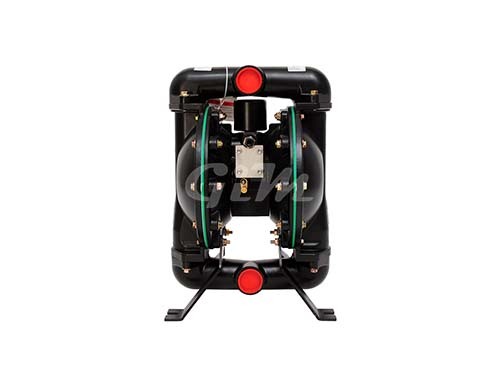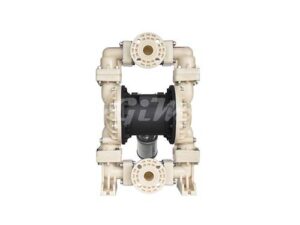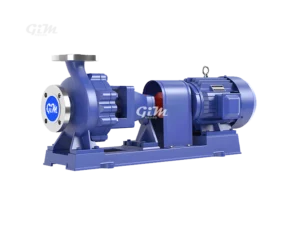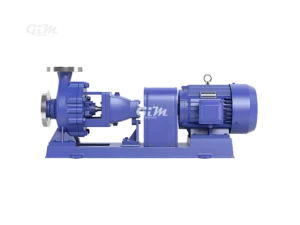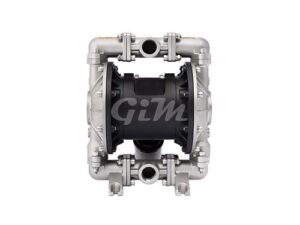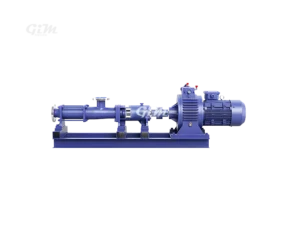Aluminum alloy Pneumatic diaphragm pump
- Flow Rate: 0.5 to 1000 liters per minute (L/min)
- Maximum Pressure: Up to 16 bar (232 psi)
- Temperature Range: -40°C to +120°C (-40°F to +248°F)
- Support Customization
- Two-Year Warranty
- Global Shipping
- Multiple Payment Methods
OVERVIEW
Aluminum alloy pneumatic diaphragm pumps are a type of positive displacement pump driven by compressed air. They are known for their durability, lightweight construction, and efficiency. The main components of these pumps include two diaphragms, a set of valves, and a pneumatic air motor. The pump operates using air pressure to drive the diaphragms back and forth, creating a pumping action to move fluids.
Features
- Material and Construction:
- Body Material: The pump body is made from aluminum alloy, which offers a combination of strength and lightweight characteristics. Aluminum’s resistance to corrosion also extends the pump’s service life.
- Diaphragms: Typically made from elastomers or thermoplastics, which are resistant to various chemicals and can handle a wide range of fluids.
- Operation:
- Air-Powered: The pump is driven by compressed air, making it suitable for explosive or hazardous environments where electrical power may be unsafe.
- Double Diaphragm Design: The dual diaphragms create a pulsating flow and can handle both liquids and slurries with solids.
- Performance:
- Flow Rate: Varies depending on pump size, generally ranging from low to high flow capacities.
- Pressure Range: The pumps can handle a wide range of pressures, typically from a few psi up to several hundred psi.
- Self-Priming: Can operate without needing a separate priming pump, as long as the pump is properly installed and the air supply is adequate.
- Applications:
- Chemical Handling: Suitable for transferring aggressive or corrosive chemicals due to the use of PTFE (polytetrafluoroethylene) or other resistant materials.
- Industrial Processes: Used in various industries for moving slurries, paints, and other viscous fluids.
- Mining: Can handle abrasive materials and operate in harsh environments.
- Advantages:
- Versatility: Can handle a wide range of fluids, including those with solid particles.
- Maintenance: Typically requires minimal maintenance and can be easily serviced due to the simple design.
- Safety: Operates safely in explosive or hazardous environments due to its air-driven mechanism.
- Installation and Maintenance:
- Ease of Installation: Simple to install with basic connections to the air supply and fluid lines.
- Maintenance: Regular maintenance involves checking diaphragms and valves for wear and ensuring air supply components are functioning properly.


